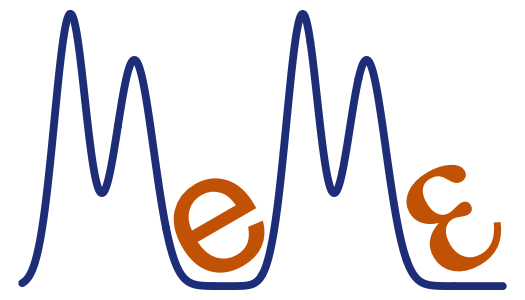I’ve recently been struggling to write something on the (in my view) false dichotomy between ‘pure’ and ‘applied’ science. It’s not coming together as easily as I’d hoped, but it has led me to some interesting reading. Specifically, I’ve managed to get hold of a copy of Pluto’s Republic, a collection of the writings of Sir Peter Medawar, biologist, Nobel laureate and brilliant author. So, in lieu of the intended piece (which will follow, eventually), I thought I’d just pass on this gem. In a footnote to the essay Two Conceptions of Science, which was Medawar’s Henry Tizard Memorial Lecture from August 1965, he provides “…one (by no means the longest) of eight [zoology examination] questions set by Professor Grant [of UCL] in Comparative Anatomy in February 1860”:
By what special structures are bats enabled to fly through the air? and how do the galeopitheci, the pteromys, the petaurus, and petauristae support themselves in that light element? Compare the structure of the wing of the bat with that of the bird, and with that of the extinct pterodactyl: and explain the structures by which the cobra expands its neck, and the saurian dragon flies through the atmosphere. By what structures to serpents spring from the ground, and fishes and cephalopods leap on deck from the waters? and how do flying-fishes support themselves in the air? Explain the origin, the nature, the mode of construction, and the uses of the fibrous parachutes of arachnidans and larvae, and the cocoons which envelop the young; and describe the skeletal elements which support, and the muscles which move the meoptera and the metaptera of insects. Describe the structure, the attachments, and the principal varieties of form of the legs of insects; and compare them with the hollow articulated limbs of nereides, and the tubular feet of lumbrici. How are the muscles disposed which move the solid setae of stylaria, the cutaneous investment of ascaris, the tubular peduncle of pentalasmis, the wheels of rotifera, the feet of asterias, the mantle of medusae, and the tubular tentacles of acinae? How do entozoa effect the migrations necessary to their development and metamorphoses? how do the fixes polypifera and porifera distribute their pregeny over the ocean? and lastly, how do the microscopic indestructible protozoa spread from lake to lake over the globe?
(I particularly like the ‘and lastly…’, which seems to me to encompass pretty much every question in ecology!)
Predictably Medawar, one of the great science communicators, uses this humerous aside as a launchpad to make a serious point:
…biology before Darwin was almost all facts… The answers [to the exam questions] call for nothing more than a voluble pouring forth of factual information. Certainly there is an epoch in the growth of a science during which facts accumulate faster than theories can accommodate them, but biology is over the hump… and physics is far enough advanced for an eminent physicist to have assured me, with the air of one not wishing to be overheard, that science itself was drawing to a close…
Certainly I would hope that we’re more theory-oriented now. But I can’t help thinking that having such a bank of facts to draw on – not having outsourced such knowledge to online providers, I guess – would still serve the 21st Century scientist well.
